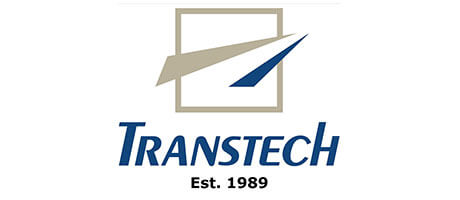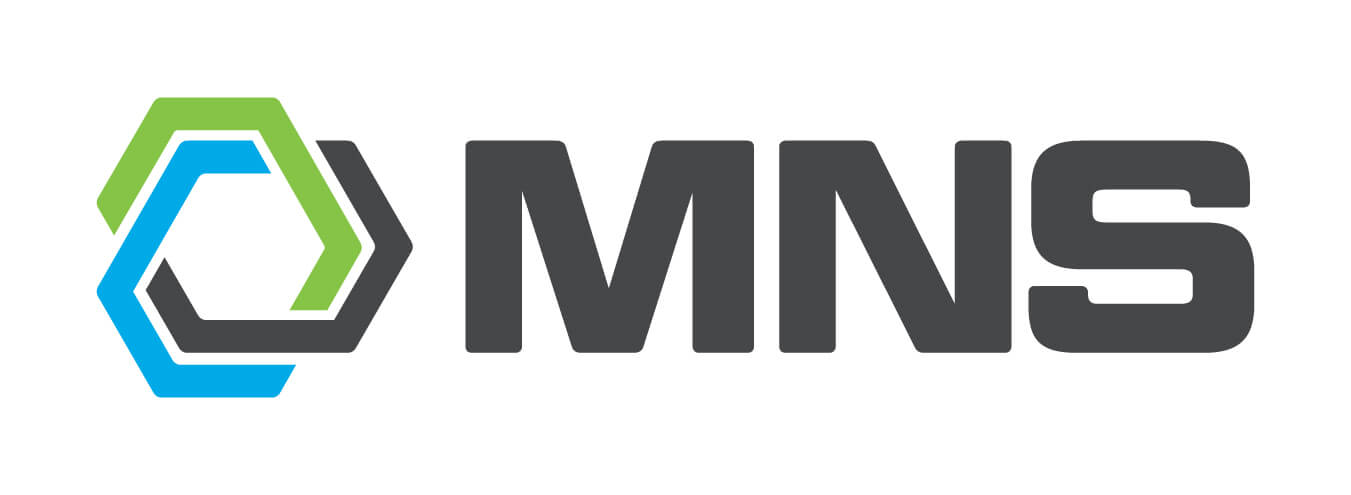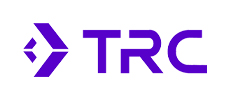Legislative Process
The process of government by which bills are considered and laws enacted is commonly referred to as the Legislative Process. For an overview on how the legislative process works in the state of California, please browse the following documents:
- How a Bill Becomes Law — Text Description
- How a Bill Becomes Law — Chart Depicting Process
- Legislative Terminology — Glossary of Terms
CEAC Policy & Legislative Proposal Process
The annual Policy and Legislative Priorities are best achieved through collaboration and shared responsibility. To achieve the following, CEAC, CSAC staff, and individual county staff must combine resources, including policy and technical knowledge and expertise to maximize our influence, efficacy, and successful outcomes.
Please submit all legislative proposals through a Public Works Director or Department Head. This makes it easier on staff to collect the requests as well as ensure that there is no duplication from within the same county.
- CEAC-Legislative-Proposal-Action-Request-Form-2025-2026 (word document)
- CEAC-Legislative-Proposal-Action-Request-Form-2025-2026 (pdf)
CEAC Policy & Legislative Priorities and Guidelines 2023-2024
Federal Legislation
CSAC tracks federal issues of interest to California’s counties. CSAC’s Justin Garrett serves as the Legislative Advocate & Federal Affairs Manager, and counties retain Paragon Government Relations in Washington, D.C. to monitor developments at the national level.
Paragon Government Relations (202) 898-1444
Joe Krahn, CSAC Federal Representative
Email – Joe Krahn
Click here for more information
















